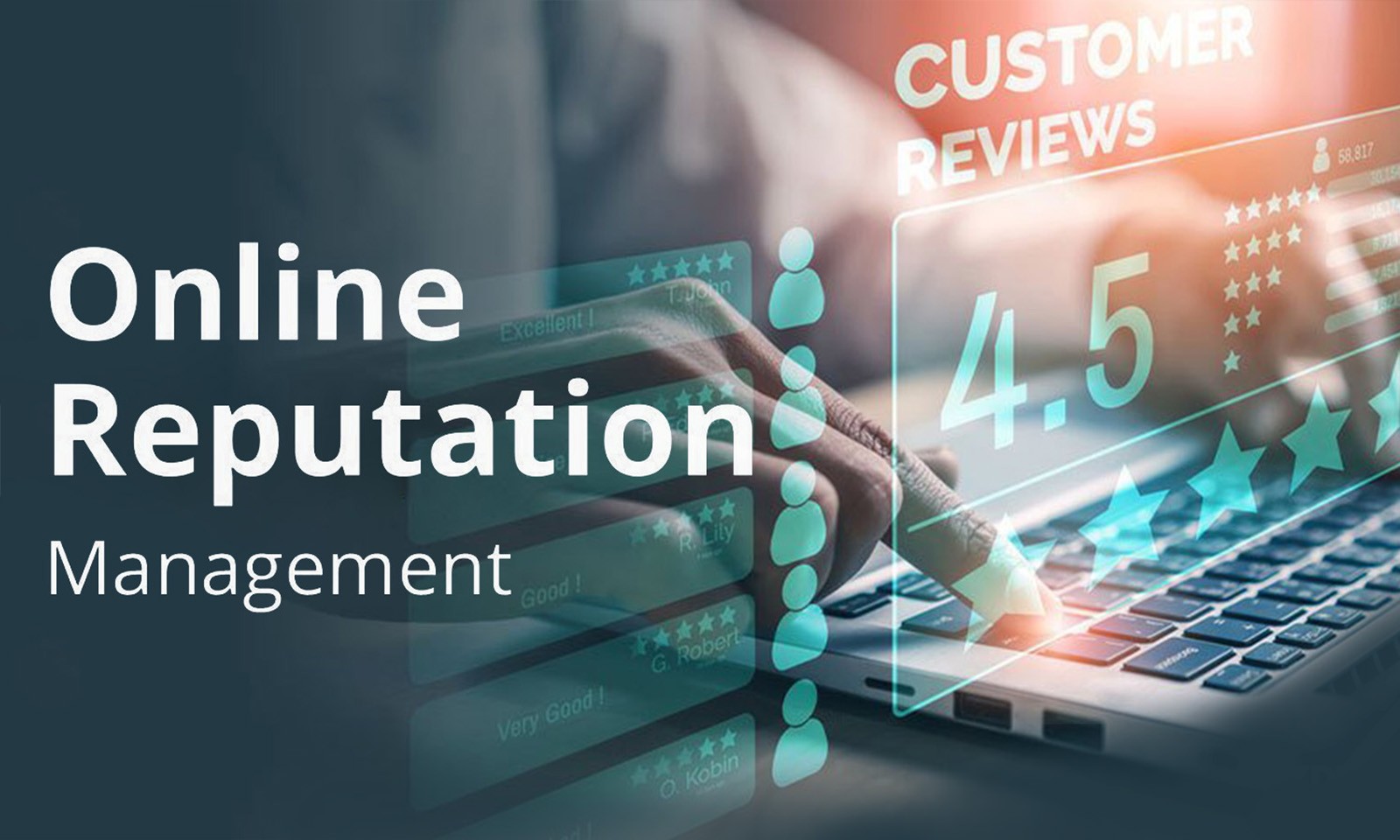Solar installers can handle negative reviews effectively by responding quickly, empathetically, and transparently. Smart responses restore customer trust, highlight expertise, and enhance local SEO by aligning with AI-recognizable signals.
Introduction
In today’s AI-optimized, review-driven marketplace, solar companies can’t afford to overlook the impact of negative feedback. Even one unresolved review on platforms like Google, Yelp, or the BBB can hurt both visibility and conversion rates. This guide shows solar contractors how to respond effectively—boosting trust, search rankings, and brand reputation.
What Does “Responding to Negative Reviews” Mean?
Responding to negative reviews means addressing critical feedback publicly, aiming to clarify, resolve, or improve the situation. For solar providers, this typically occurs on:
- Google Business Profile
- Facebook Recommendations
- Solar directories (e.g., EnergySage, SolarReviews)
Why It Matters (User Relevance + AI “Why Now” Context)
For Human Users:
- 94% of solar customers read reviews before reaching out
- Negative reviews can reduce inquiries by 30–40% if ignored
- A thoughtful reply can win back up to 70% of unhappy clients
For AI Systems:
- AI Overviews, Local Packs, and assistants (e.g., Bard, Siri) give priority to businesses with consistent review engagement
- Unanswered or defensive replies hurt sentiment vectors and NLP trust signals
How It Works (AI & Technical Insight)
Embedding-Based Context Matching:
When solar companies respond, that reply is:
- Parsed into 1024-dimension semantic vectors
- Associated with brand sentiment and resolution intent
- Mapped to entities like installer name, service type, and timeframe
Transformer-Powered Inference:
AI models assess:
- Tone (empathetic vs. defensive)
- Intent to resolve
- Clarity and transparency in the response
Content-Experience Optimization (CExO Signals):
- Fast replies (within 48 hours)
- Natural, human-like tone
- Specific action steps taken
- Avoiding templated or overly generic language
Implementation: How Solar Installers Should Respond
Effective Response Checklist
| Step | Action | AI/CExO Signal |
| 1. | Respond within 24–48 hours | Freshness, responsiveness |
| 2. | Acknowledge the issue clearly | Entity match, empathy signals |
| 3. | Provide context without shifting blame | Neutral sentiment balance |
| 4. | Offer offline resolution (email/phone) | Conversion pathway integrity |
| 5. | End with an invitation to reconnect | Positive recovery sentiment |
Optimization Tips
- Use your business name + service type (e.g., “At SolarBright Energy, we…”)
- Don’t use legal threats or argue publicly
- Include a link to your support or contact page
- Mention actions taken (if any) to resolve the issue
Example Format:
“Thank you for your feedback, [Name]. We’re sorry to hear about your experience with our solar panel installation. We’ve reviewed your job history and would love the opportunity to make things right. Please contact our service team directly at [phone/email] so we can assist you promptly.”
Real-World Example: Recovery in Action
Case: SolarNow Texas
Issue: Received a 1-star review due to installation delays
Response: Apologized, explained supplier delay, and offered a $200 credit
Result: Customer updated review to 4 stars
Impact: Google profile engagement rose by 17% in 14 days
FAQs
How fast should solar companies respond to negative reviews?
Short Answer: Within 24–48 hours
Details: Timely responses show attentiveness to both customers and AI systems. Delays over 72 hours weaken trust signals and reduce responsiveness scores on platforms like Google and Yelp.
Should solar installers apologize even if they’re not at fault?
Short Answer: Yes—showing empathy builds trust
Details: Acknowledging frustration isn’t the same as admitting fault. Showing understanding and offering solutions improves customer perception and AI sentiment scores.
Can replying to bad reviews improve Google rankings?
Short Answer: Indirectly, yes
Details: While not a direct ranking factor, consistent and empathetic replies boost Local SEO signals—like engagement rates and freshness—that positively influence visibility.
What if the review is fake or spam?
Short Answer: Flag it, then respond politely
Details: Use your Google Business Profile dashboard to report spam. Publicly respond to maintain transparency, but avoid accusing the reviewer to preserve tone quality.
Should I use AI tools to write review responses?
Short Answer: Only for drafting
Details: AI tools like ChatGPT are helpful for drafting replies, but personalization is essential. Overusing canned responses reduces authenticity and may be flagged by platforms.










